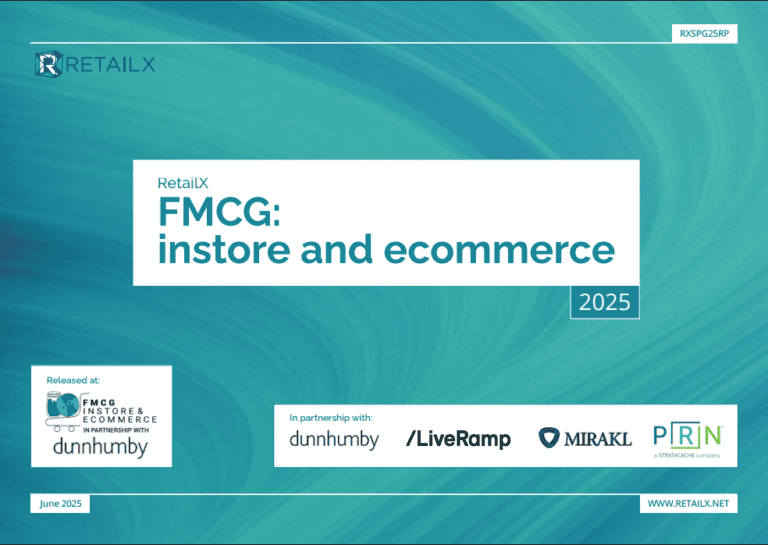Selfies, it turns out, are more than a social media trend. They are having a real impact on the way we buy – and are one way to demonstrate the rise of social media as a platform for commerce.
A recent study from HTC suggests that one in five shoppers now buy clothes purely for their value as props in the smartphone-fuelled trend for taking and sharing self-portraits. The study, which questioned 1,000 British adults, found this has a clear influence on other shoppers: 77% said they got style advice from Facebook, Instagram and Twitter, while 76% said they had bought products that were posted by someone they follow.
This is a trend retailers are noticing too. Jack Smith, group digital director of New Look , last week told Internet Retailing Conference (IRC) 2015 that shoppers who take selfies were having a real impact on sales. “Shoppers don’t want to look the same in selfies,” he said. “It’s easier to change your selfies if you buy separates than a dress.”
Helen Colclough, ecommerce development manager at River Island , also speaking at IRC 2015, said: “Our core customer is the customer who enjoys photographing their outfits on Instagram. It’s a prime example of really visual fashion.”
The HTC survey, carried out by Censuswide, found a clear mission to impress, and to inspire envy, on social media. Some 52% said they posted in order to make their friends and family jealous, while 62% posted to make their lives seem more exciting. That seems rational, since more than three-quarters (76%) said they judged their peers based on their Instagram, Snapchat or Facebook profiles. Some 6% said they had gone so far as to take pictures of other people’s possessions in order to pass them off as their own, while 56% said they edited their pictures to improve them.
“In 2015, everybody is a photographer, and more and more we are seeing people really use photography to express themselves and show the world exactly what makes them who they are. From snaps of people’s homes to perfectly laid-out outfit shots, every image counts and smartphone photography has never been more important,” said Peter Frølund, UK and Ireland general manager of HTC Corporation.
Behavioural psychologist Jo Hemmings added: “We’re living in a world of instant communication. Fashion and style used to live and die in magazines; now people are in search of authentic, peer-to-peer recommendations as well, making social media an equal power house to magazines and newspapers. When it comes to visual language we perceive these images as more authentic because they seem less controlled, and in 2015 we crave authenticity above all else among the noise of messages aimed to grab our attention.
“With images being shared in an instant we now demand to know what our friends are wearing, or what celebs are buying, as soon as they have the item in their hand. The ability to influence the masses used to be an exclusive privilege of influential stars, now everyone can be the one who introduces cutting edge trends to the world. The rise of Instagram stars is a perfect example of that shift in power.”
HTC is taking part in the selfie revolution by inviting people to think about the items which best represent them and Tweet or Instagram a public display of their possessions using #MoreYou.
• Meanwhile, Facebook has described how it is taking action to improve the social media customer experience.
The social media company has introduced Canvas, a new native way to browse ads in news feeds from a mobile phone, alongside a ‘buy’ button that’s intended to make buying from a mobile phone easier. A new ‘shop’ section has been introduced to Facebook’s Pages, enabling retailers to link to their own website or to test ways for people to buy directly on the Facebook site.
Facebook is also starting to test a single place for people to discover, share and buy products, working with small US businesses that are also testing the Shop section.
Matt Idema, VP of monetization product marketing, said: “People are increasingly discovering products on mobile and Facebook, yet the shopping experience could be better. What we’re doing – with proven products like carousel ads and new products we’re testing – is making it easier for people to discover products on mobile and businesses to drive sales.”








